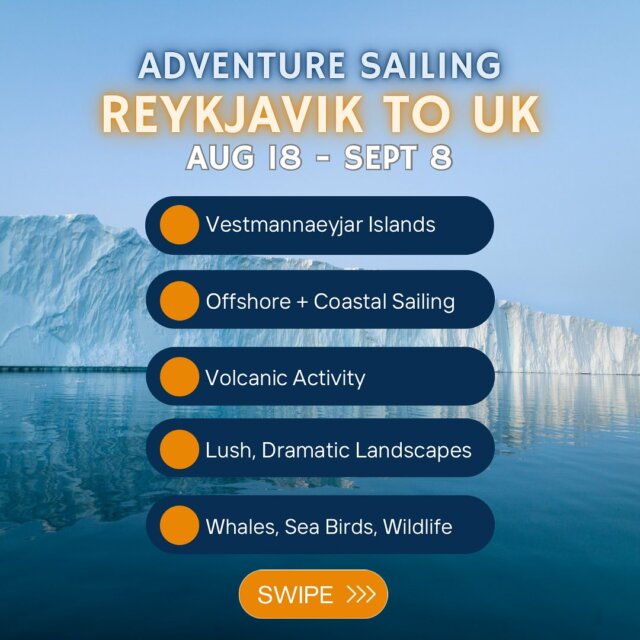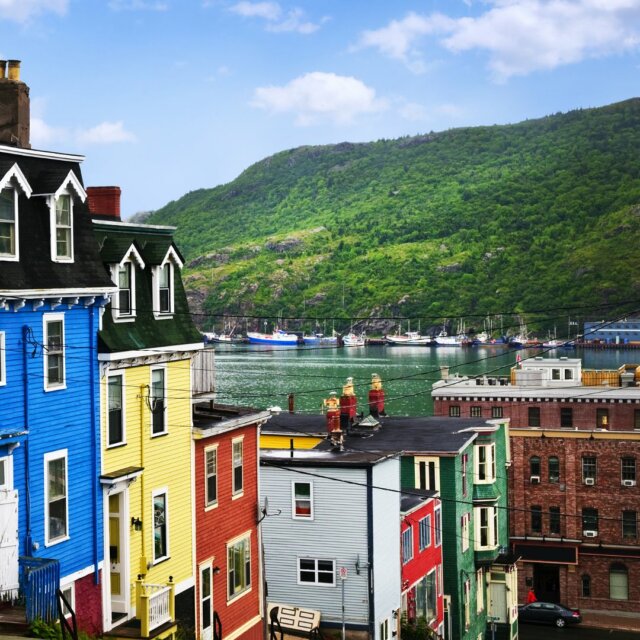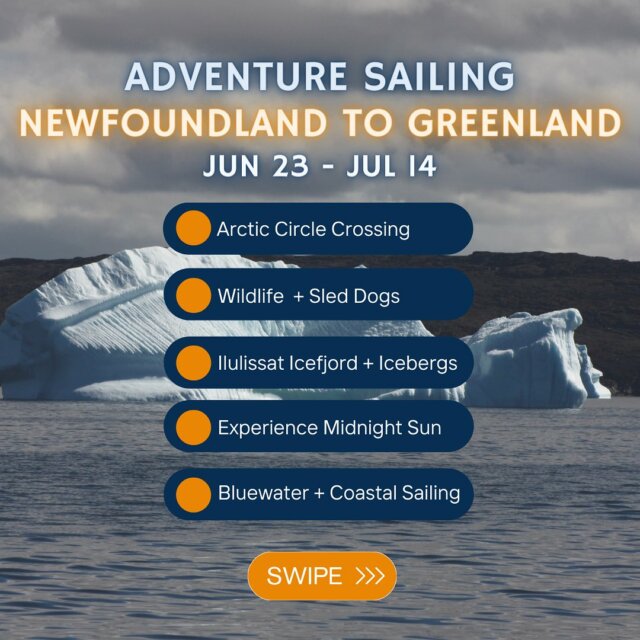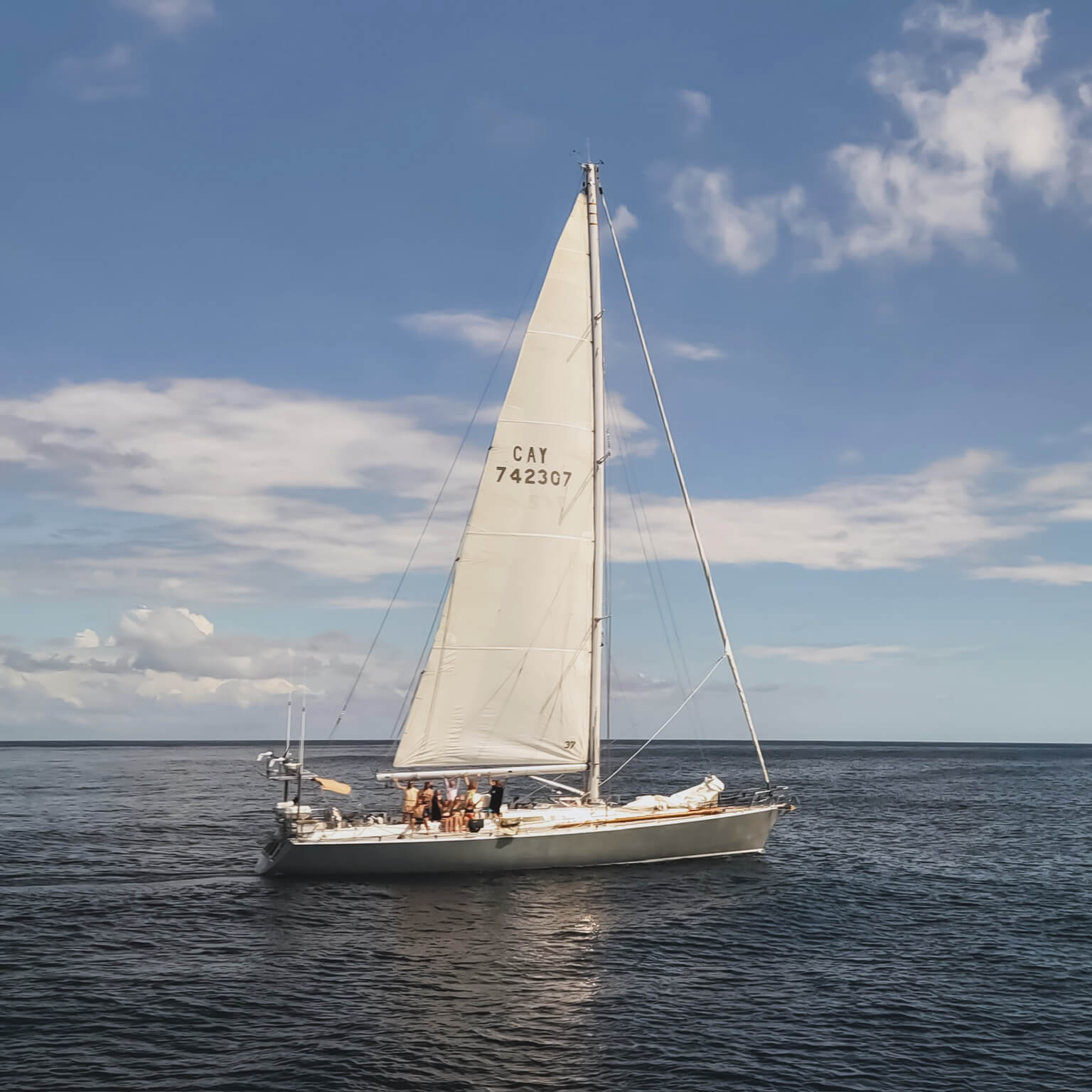Yesterday, after the daily trawl for plankton and plastic, we sat in hot sunshine brainstorming. We’ve been heading steadily south east, back into summer, and by late afternoon, the deck is almost too hot to walk on barefoot. The topic of our brainstorm: how could we change the design principles that shape plastics and plastic products, in order to drastically cut marine plastic pollution? Or better yet, eliminate it? What would ‘Ocean Friendly’ design principles be like? This intriguing question is at the heart of the Ocean Friendly Design Forum, an interdisciplinary group including representatives of the plastics industry; users of plastic products; designers; anthropologists; educators and others convened by sailor and marine champion – and curator of the Gyre to Gaia voyage – Jo Royle.
According to the UK Design Council, 80% of a product’s environmental impact is ‘locked in’ at the design stage. Take the humble toothbrush. Most of these apparently simple objects are made from three or four different kinds of plastics. For a toothbrush to be recycled, the different plastics would have to be separated, making toothbrush recycling, even were this technically feasible, an immediate non-starter financially. The toothbrush as a whole is a short-lived item, but actually, the only short-lived bit of it is the bristles in the head. The plastics in the handle will probably last upward of 450 years. So even before we start to think about its packaging, its air miles or various other ways in which it contributes to our collective environmental unsustainability, the toothbrush as currently designed is destined to be used relatively briefly and then thrown ‘away’, becoming a very long lasting piece of plastic waste on land or, quite possibly, in the sea.
If products like toothbrushes were designed with environmental sustainability in mind from the outset, this story could be very different. Say that toothbrushes were made of one kind of plastic only, and that the head with the fast-degrading bristles were detachable. Say that all toothbrush heads and bodies were detachable and that plastic ‘waste’ had a much higher value than it does now. Say that the valuable components of all products were designed to be recoverable after the life of the product and reused, or even that the business model changed so that the service provided by a given item (teeth cleaning in this case) were leased to the customer, instantly creating a strong business incentive to create durable products rather than a series of short-lived objects ….. Of course, ocean plastic pollution is part of a bigger story here, that of the much needed transition from the so-called ‘take, make, waste’ linear economy to a circular one; an economy in which waste becomes a resource; in which ‘waste’ is effectively designed out of the system. There’s huge potential here: according to WRAP, 420 million tonnes of potentially usable material ends up in landfill in the UK alone, every year. If products were designed so that this material was recoverable and valuable, waste in this sense becomes a thing of the past. Cue multiple win wins for environment, economies and people.
Meanwhile, back on deck, writing this has been delayed by the return of a pod of dolphins, cavorting and utterly irresistible, drawing us all like a magnet to the bow wave. Equally distracting was the squid who apparently leapt from the sea onto deck last night, hitting Shanley on the shoulder en route. The squid was put in a bucket for closer inspection and then, as the conversation veered between using him as bait and setting him free, he had the good sense to defecate in the water, rapidly confirming the latter option. I didn’t see the squid, sadly, but I did see flying fish earlier, small and glinting in the sunset and yes, flying; improbably suspended fish above the waves. Now, the dolphin delay means I can hardly see the keyboard. But I can see a fabulous full moon throwing a shaft of crinkled light to the yacht, and the remains of an orange/turquoise sunset. As offices go, for all the challenges of typing on deck, this one is hard to beat.
More info about OFDF and Jo Royle: http://commonseas.com
More about the role of design in the circular economy: Royal Society of Arts The Great Recovery: http://greatrecovery.org.uk
– Dr. Kate Rawles, Mission Leader, Gyre to Gaia Expedition, October 8, 2014




























































































